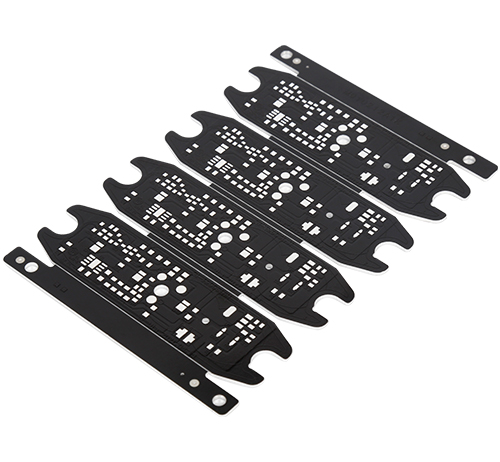Time:2022-08-12 Visit:
First, the classification of printed circuit board wastewater
The production process of printed circuit boards is complex, and wastewater is generated in different production processes. Wastewater can be classified according to the discharge volume of the production process, and can also be classified according to the type and form of wastewater pollutants. This article is classified by the form of wastewater pollutants.
1. Acid-base wastewater
The acidic wastewater mainly comes from the wastewater containing sulfuric acid and hydrochloric acid produced in the production process; the alkaline wastewater mainly comes from the production process of chemical copper plating and other processes, and contains complex copper metal ions.
2. Copper-containing wastewater
The copper-containing wastewater mainly comes from the copper plating process and the etching process.

3. Rinse the waste water
The washing wastewater is mainly the cleaning wastewater of each circuit board, with a large amount of water and a relatively low concentration of nitrogen pollutants.
4. Organic wastewater
The organic wastewater mainly comes from the wastewater discharged from the film removal and development process of cleaning circuit boards, and contains a certain amount of organic pollutants.
Second, the characteristics of printed circuit board wastewater
1. Contains a large amount of heavy metal ions such as Cu2+, which is potentially harmful.
2. The wastewater contains heavy metal complexes.
3. The pollutants in the wastewater are complex and the acidity and alkalinity are strong.
Three, printed circuit board wastewater treatment method
In the prior art, the chemical precipitation method is one of the commonly used electroplating wastewater treatment methods, and the third-generation catch-back agent for the treatment of printed circuit board wastewater is an innovative technology of the chemical precipitation method. The third-generation reclaimer is a high-efficiency copper ion chelating agent developed for wastewater containing copper, lead, nickel and zinc. If the copper ion in the wastewater is treated to below 0.1mg/L, it can treat various copper-containing wastewater such as electroplating copper wastewater, coke copper wastewater, and EDTA-copper wastewater.
The water quality of printed circuit boards is complex, the composition of wastewater is variable due to the variety of products, and the pollutants are also different. When processing, the water quality should be analyzed first, and excellent water treatment chemicals should be selected according to the characteristics of water quality.